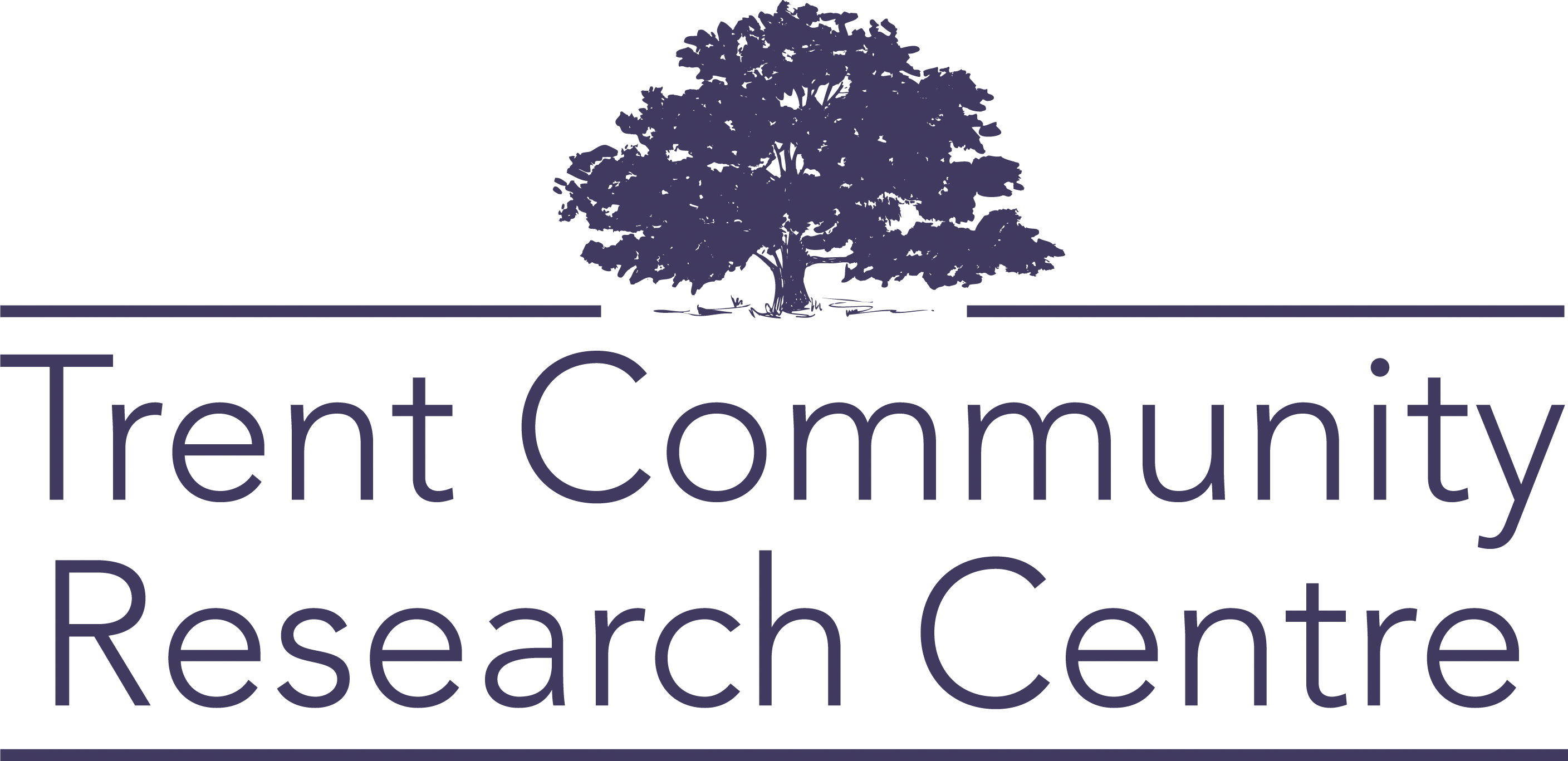Two students who completed a project with Abbey Gardens in Haliburton share their experiences and insight with their community-based research project. The community partner also describes their experience with the case.
Teaching Case
Case Study: Communication
Being a good listener is important for community- based research. Listening allows you to know what you are being asked to do. Listening allows you
to understand what is important for other people working with and for the community. When you’re listening, it’s important to be suspend judgement, engage and be curious, be respectful, listen for patterns, and think about what you will do with the things you hear.
This is important because project partners have different perspectives and experiences you can learn from. Active listening involves paying attention to what the speaker is saying and acknowledging their feelings, asking for clarification, and relaying back what you heard in a non-evaluative way.
In these examples, discuss what and how you will demonstrate your active listening skills.
Example 1: Overburdened community partner
Your community partner, Beth, comes to a project meeting flustered and late. She tells you she only has a few minutes before she needs to leave and
asks if you can give her a quick update about your community research. She’s always seemed supportive of the project, but has become less involved recently because one of her colleagues took a new job and she’s had to cover that extra work. You start to tell her about your recent progress on the project when she blurts out, “this project feels hopeless. I’m not sure why I ever got it started.”
What would you say in response that: shows empathy, seeks clarification; and provides non- evaluative feedback?
Example 2: Confused community partner
You get an email from your community partner, Hugh, that simply says: “Call me.” So you pull out your cell phone and dial. The phone rings and Hugh picks up.
“I just read the draft report and had no idea that you were going to be doing research that reviews how to build a community bake oven. The original project was about food security for people living in poverty and I see you covered that but don’t understand why you are talking about bake ovens.”
What would you say in response that: shows empathy, seeks clarification; and provides non- evaluative feedback?
Example 3: Small group activity
The following activity—developed by Lisa Dresdner at Norwalk Community College—helps people practice active listening. In groups of 4 or 5, there are only two rules:
- On a topic assigned by the leader, each person must speak once before anyone can speak a second (or third) time.
- If someone asks a question, someone else must answer it before another comment can be made.
Step One: Identify a group leader who will make sure the rules are followed.
Step Two: One person begins by saying something about the topic; the others listen attentively and intentionally.
Step Three: Another individual asks a follow up question or comments about what s/he heard.
Repeat Steps Two and Three until everyone has spoken at least twice, or for a specific amount of time.
Step Four: The group leader, with help from the group, summarizes the conversation and identifies any patterns or insights that emerged and developed.
Next Module: Case Study #2
Back to Main Page
Licensing

Except where otherwise noted, content on this site is licensed under a Creative Commons Attribution 4.0 License.
Where indicated, images, video, and audio have some rights reserved, and you must obtain permission from the copyright owner to use this material.






